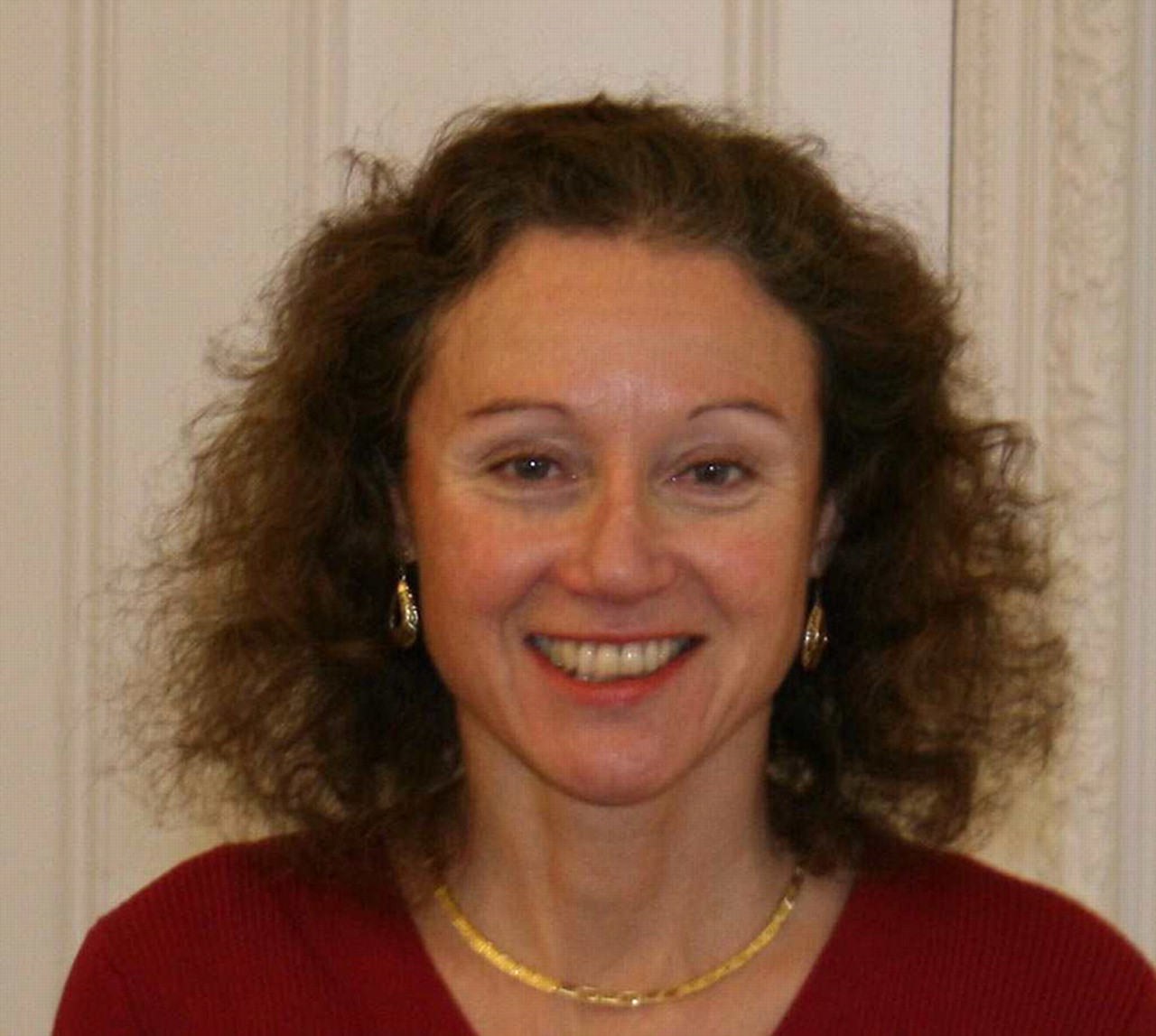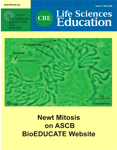Marianne Bronner-Fraser
Abstract
Note from the Editor
Educator Highlights for CBE—Life Sciences Education show how professors at different kinds of institutions educate students in life sciences with inspiration and panache. If you have a particularly creative teaching portfolio yourself, or if you wish to nominate an inspiring colleague to be profiled, please e-mail Laura Hoopes at [email protected].
Marianne Bronner-Fraser, Albert Billings Ruddock Professor of Biology, California Institute of Technology, Pasadena, CA.
LH: Marianne, do you have a particular teaching agenda?
Bronner-Fraser: What I really like is being a little bit creative, challenging my students to develop life skills they really need as scientists. For example, the skill of reading scientific papers, how to critique papers, is not usually taught. We also don't teach students how to write. I've started by teaching them how to read and critique papers. First, I have them write a one-page synopsis. I really work with them on how to do that, and I bring in someone from the writing center so that they realize there are resources to help them learn. I think we underemphasize writing as a critical part of a scientist's job. And to do a good job, they have to understand the paper.
They must evaluate the evidence, and say what they think is good or bad. We also ask them to imagine that they are the experimenter and think about what the next step might be.
LH: Were the Caltech undergraduates receptive to this critiquing and writing?
Bronner-Fraser: They liked the idea in principle, since it was a bit different, but they also expected and wanted problem sets. I talked with them about why I was giving these assignments. We compromised and agreed to give them a few practice-problem sets since they were convinced that was what they needed to prepare for the examinations. Later, they told me they appreciated my responsiveness to their input.
LH: Have you had a lot of feedback on your teaching?
Bronner-Fraser: I've gotten some student-initiated teaching awards, which is really a huge compliment, but much of the really great input on teaching has come from students sort of after-the-fact, when they've graduated and tried to use what they've learned. I got a letter saying, “I loved the course at the time, but I didn't realize how useful it would be in neurobiology graduate school,” or in medicine, or cell biology. I have even had students say that my course especially helped them on their MCATS, which I found surprising. They do find that the skills we develop help them later. I really enjoy getting those letters and e-mails.
LH: What has been your most exciting teaching experience?
Bronner-Fraser: That's easy, the Embryology course at the Marine Biological Laboratory in Woods Hole. For five years, I was co-director of that course. We worked six weeks, all day and sometimes night with the same 24 to 25 students, so you get to know them intimately. They learn the ins and outs of developmental biology so well. Total immersion is fantastic. It made me think more about how we teach here at Caltech. Intensity would be worthwhile if we could structure a course like this. Sometimes, developmental biology is taught as a parade of transcription factors, you know, “Mad, Max, Myc, blah, blah, blah.” There in Woods Hole the students really get to see development happen, and see how the cells change and move around. Gene expression gets a context. I felt that they became scientists and learned how to find great research projects for the future. We taught the course with an evolutionary bent. Strange to say, that shifted my own research directions in good and productive ways.
LH: Is there much undergraduate research at Caltech?
Bronner-Fraser: Yes, wow, I have a lot of undergraduate researchers in the lab, typically two every year, and six in the summer. Some are supported by the Caltech SURF funding, some by the MURF funding, which encourages minorities to pursue research, and some by my grant. We love to get minority students, but you have to be very diligent because there's a small pool. What has worked for me is having connections. For example, I have one minority M.D./Ph.D. student from the University of Southern California who has been very proactive, recruiting more minority researchers from USC to Caltech.
LH: Thanks for sharing your thoughts on education with our CBE-LSE readers.



